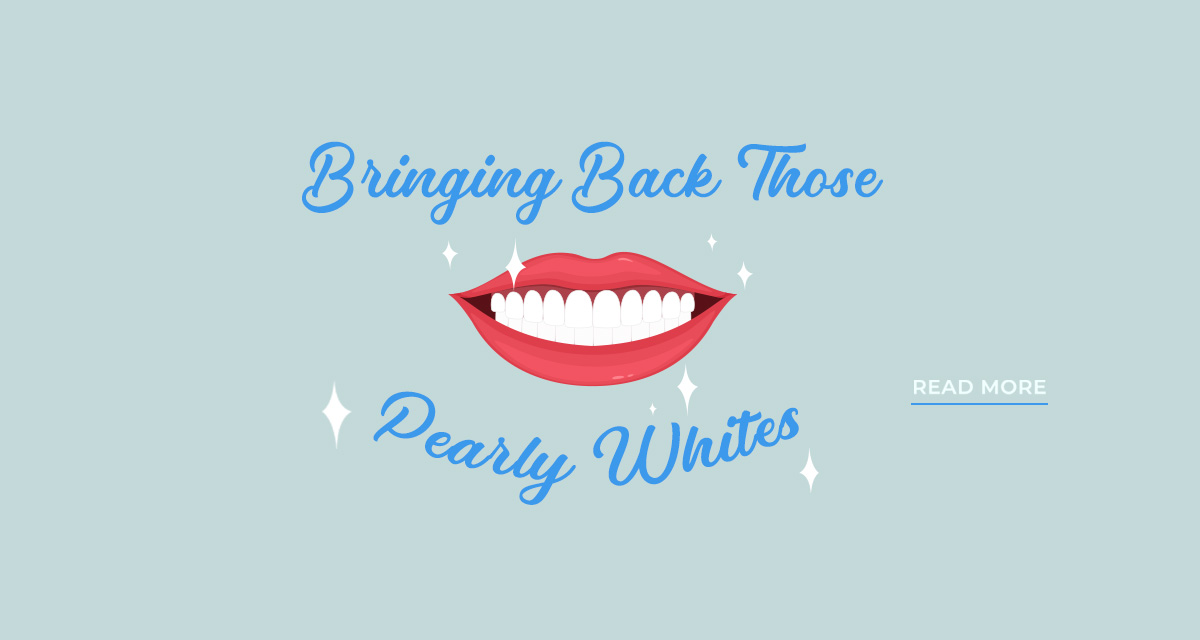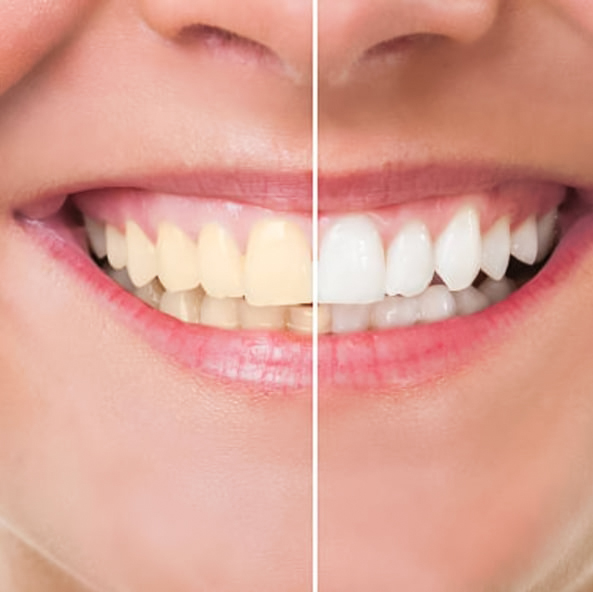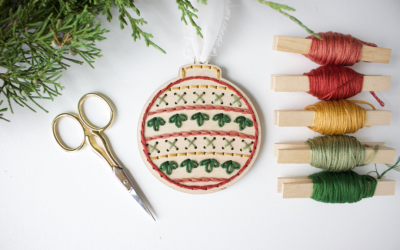Sandy Daniels of Fort Collins believes her career depends on shiny white teeth. But you wouldn’t know it by her lifestyle.
“I’m vain like that because I’m a Realtor and I need to keep my smile white…like Hollywood white,” she says. “And I drink red wine and do all the stuff they tell you not to do. I treat my teeth horribly.”
Daniels found the secret to her white teeth at DaVinci Laser Teeth Whitening in Loveland, but there are lots of options out there, including gels, strips, bleach trays, pastes and other gizmos to whiten teeth.
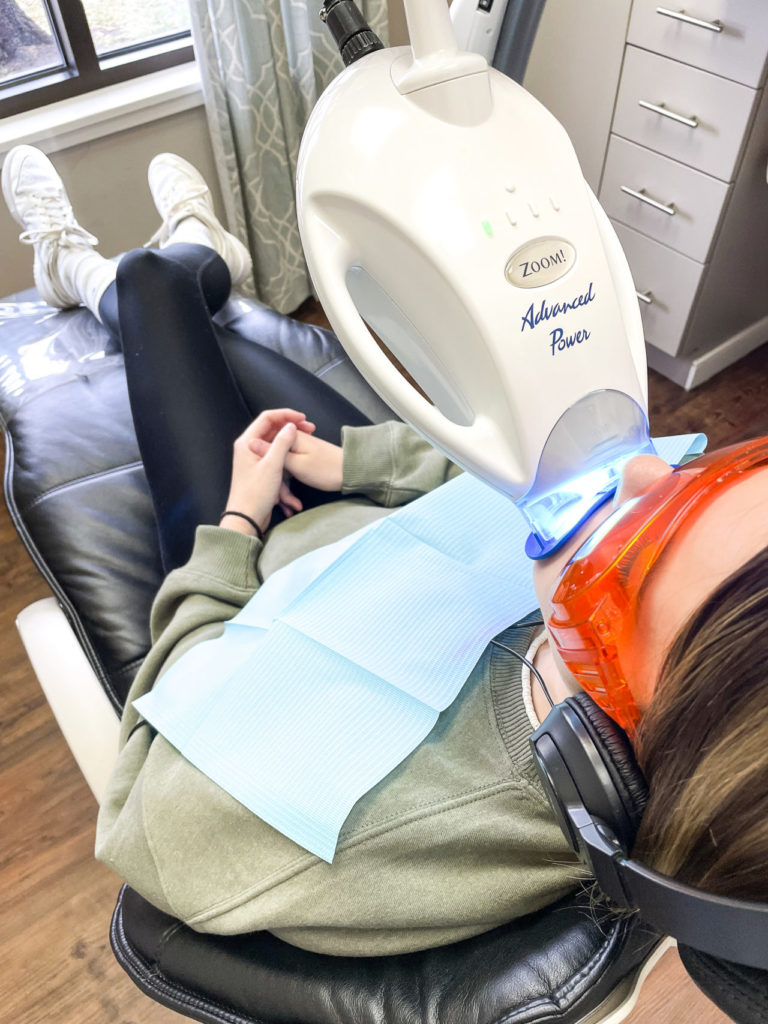
A Spring Creek Dental patient receiving ZOOM, an in-office whitening treatment that uses an LED light.
There are lots of big words dentists use to describe darker teeth, but it basically comes down to stains from the inside and stains on the outside of your teeth. Dr. Lindsey Cosper, dentist and partner at Spring Creek Dental in Fort Collins, says outside stains “typically involve pigmented residue from our food and drink.” This is why Daniel’s beloved red wine and coffee causes problems. The worst offender, though, is tea.
“Think of your grandma’s old tea cup,” says Rodney Smith, owner of DaVinci. “You can scrub away at that stain and run it through the dishwasher dozens of times, and it will still have that stain where the tea was.”
These outside stains are the easiest to solve, usually with over-the-counter products, although Cosper says many of the over-the-counter toothpastes that claim to be whitening can be abrasive and wear down enamel, which then makes the teeth appear darker. Most of the other techniques are safe.
These products take time to work, which is why some, such as Daniels, prefer lasers. DaVinci applies hydrogen peroxide and then uses a laser LED light to activate the gel. The combination breaks down color molecules on the teeth that make them appear darker. Other laser centers may use a different gel but have a similar process.
The light “reacts with these long chains to break them down into smaller molecules,” Smith says. “In doing so, there is a perceived color change because of changes in the absorbed and reflected light on the teeth.”
Interior stains are “tougher, deeper stains such as tetracycline, genetics, etc.,” says Cosper. “Both erosion and mechanical wear on the teeth can thin the enamel over time. The layer directly beneath our enamel, dentin, is naturally darker yellow/orange, so as the enamel thins this layer can be seen more readily.”
Generally, if your stains are under the enamel, your dentist will have to do some interior work. Cosper adds that internal bleaching tends to be for a single tooth that is discolored from its neighbors.
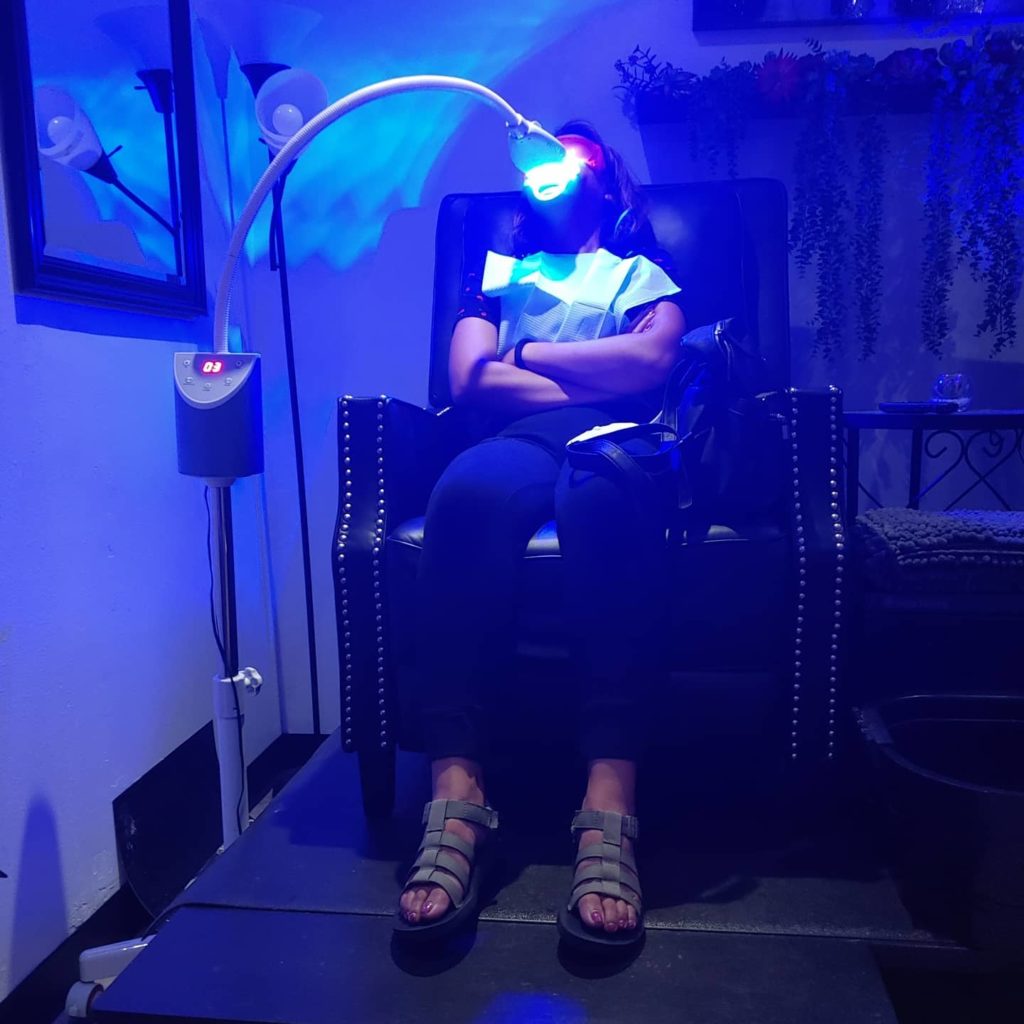
DaVinci Teeth Whitening
Why go white?
A white smile can have a huge effect on someone’s self-esteem, Cosper says.
“Having a confident smile can absolutely impact someone’s life physically, socially and mentally,” Cosper says. “I’ve had patients who avoided smiling because they were embarrassed or unhappy with the appearance of their teeth, and a smile is one of the first things someone notices when they meet a new person. “
Smiling even has health benefits, she says. “It’s been shown to reduce stress-enhancing hormones such as cortisol, which lowers your blood pressure, while increasing the release of endorphins that can actually help relieve pain.”
Jennifer Kingston of Loveland says that after a touch-up session with DaVinci, she was walking through a grocery store and smiling. One of the clerks said to her, “Did you know your smile is your superpower?”
“The results are pretty amazing. Even my dentist noticed,” she says. Kingston has visited DaVinci twice a year for the past four years. “I noticed the difference right away. And it is not as invasive as I thought it would be.”
Those getting caps and veneers should get the whitening done first since dentists will match the color of the caps with your teeth and then maintain whitening so the veneers always match.
Daniels actually took a picture of her white teeth after a treatment that perfectly matched her white veneer and posted it on social media. “I have to keep it all symmetrical,” she says. “And I just want everyone to look at my teeth now.”
What are the differences between the whitening systems out there?
Over-the-counter products
Some patients (particularly teenagers) who do not need much whitening can benefit from some products like strips or pens, Cosper says. But those come with a caveat.
“Enzymes in our saliva will break down and dilute the active ingredients in our whitening products,” Cosper says, “hence why most dentists prefer an in-office custom bleach tray that holds the bleach exactly where it should be while minimizing leakage.”
Another downside is some people can overdo it at home. Ever seen those sitcoms where one of the characters on the show over-whitens their teeth, and it looks like their whole face is a flashlight? To avoid this, Cosper tells patients to whiten teeth to the shade of white in their eyes.
Both DaVinci and Spring Creek offer products to use at home. “But I tell people they only work if you use them,” Smith says. “If you take it home and put it under the sink, there is no point.”
In-office trays and bleaches
These systems can be used in the office, or some can be taken home. Spring Creek offers a number of different types of systems, but the key part is the tray, Cosper says.
“If the patient opts for custom bleach trays, we use an intraoral scanner to capture a digital replica of the patient’s mouth so that we can 3D print a model,” she says. “This allows us to fabricate custom bleach trays that accurately follow the contours of your teeth to provide minimal leakage of the whitening products.”
Speaking of products, most of the in-office ones have come a long way in recent years. Some patients complained in the past about gums swelling or teeth becoming more sensitive after whitening. Smith says the products have evolved, and now patients’ teeth are less sensitive to cold and heat.
LED laser light techniques
While trays and bleaches are slower because the ingredients are activated by time, LED laser light techniques can provide much quicker results as the ingredients are activated by the light.
DaVinci has used this process to whiten teeth at salons all over Colorado, Wyoming and Nebraska for 15 years. Improvements in the quality and technology in the gels has made for many happy customers.
“I have the best customers,” he says. “They always leave smiling and nobody ever complains.”
Daniels says the DaVinci method is simple and pain free. “Rodney just paints the gel on my teeth and then I sit under the light,” she says. “It’s so easy.”
At Spring Creek, the LED light technique is called ZOOM.
Which is right for you? Talk to someone who knows. “Typically, we sit down with a patient to see what their goals are and learn a bit more about what has or has not worked for them in the past so that we can customize a treatment plan to best serve their needs,” Cosper says.
_________________________________
Jared Fiel is a writer in Northern Colorado.

